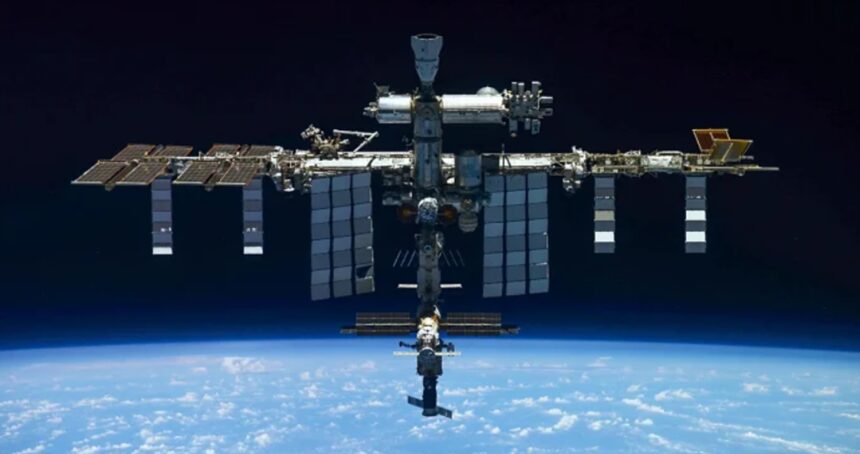In November 2000, three astronauts from the United States and Russia launched from Kazakhstan into space to bring the International Space Station (ISS) to life. Since that day, humanity has maintained an unbroken presence in orbit for 25 years.
The first mission, known as Expedition 1, was tasked with monitoring the life-support and communication systems that would make long-term habitation in space possible.
Since then, the ISS has been visited by more than 290 people from 26 countries — including professional astronauts, tourists, and even film crews.
“The Space Station has served as a laboratory for more than 4,000 scientific experiments conducted by 5,000 researchers from 110 countries,” according to NASA.
This global collaboration has made the ISS the largest research hub beyond Earth and a training base for future missions to the Moon and Mars.
The idea of building a space station dates back to the 1950s, but the project took shape in 1984 when U.S. President Ronald Reagan officially approved it and brought in partners from Europe, Canada, and Japan.
Europe played a crucial role in the construction of the station. The European Space Agency (ESA) contributed the Columbus science laboratory, the ATV supply spacecraft, and several other support modules.
Today, more than one-third of the ISS structure was built by European suppliers.
With a size larger than a six-bedroom house and a mass of about 420 tons, the ISS is the largest human-made object ever built in orbit.
Beyond experiments, the ISS has also witnessed unforgettable personal moments.
Russian cosmonaut Yuri Malenchenko married from space in 2003, while American astronaut Mike Fincke heard the birth of his daughter from the station in 2004.
In 2024, astronauts Butch Wilmore and Suni Williams spent more than nine months aboard the ISS due to issues with Boeing’s Starliner capsule, before returning to Earth with the help of SpaceX.
The ISS has also been home to groundbreaking research on human survival in space.
More than 50 plant species have been grown, self-sustaining life-support systems have been tested, and 3D printing has been used to manufacture tools — all crucial steps toward developing technologies for upcoming Artemis missions to the Moon.
However, the station is nearing the end of its operational life.
NASA and its partners plan to decommission the ISS by 2030 and deorbit it in early 2031.







